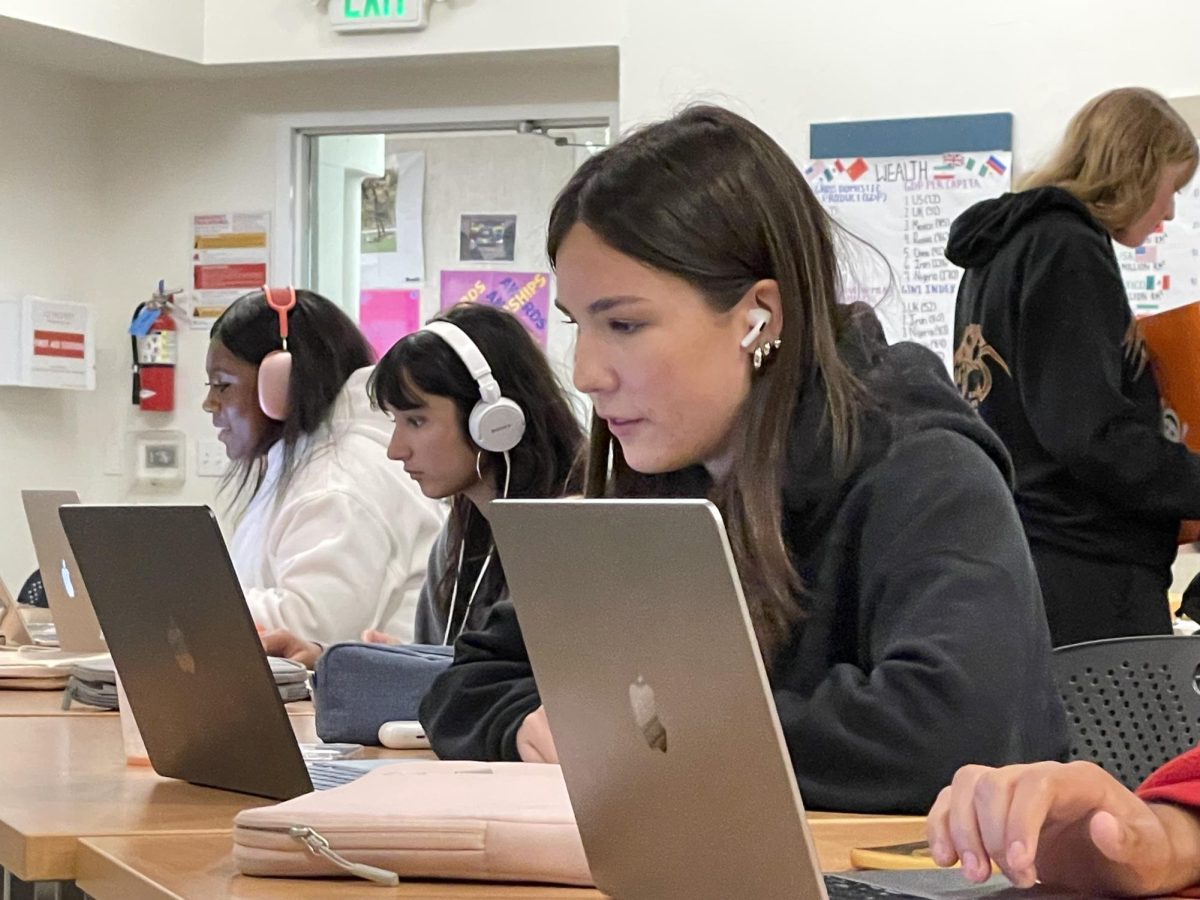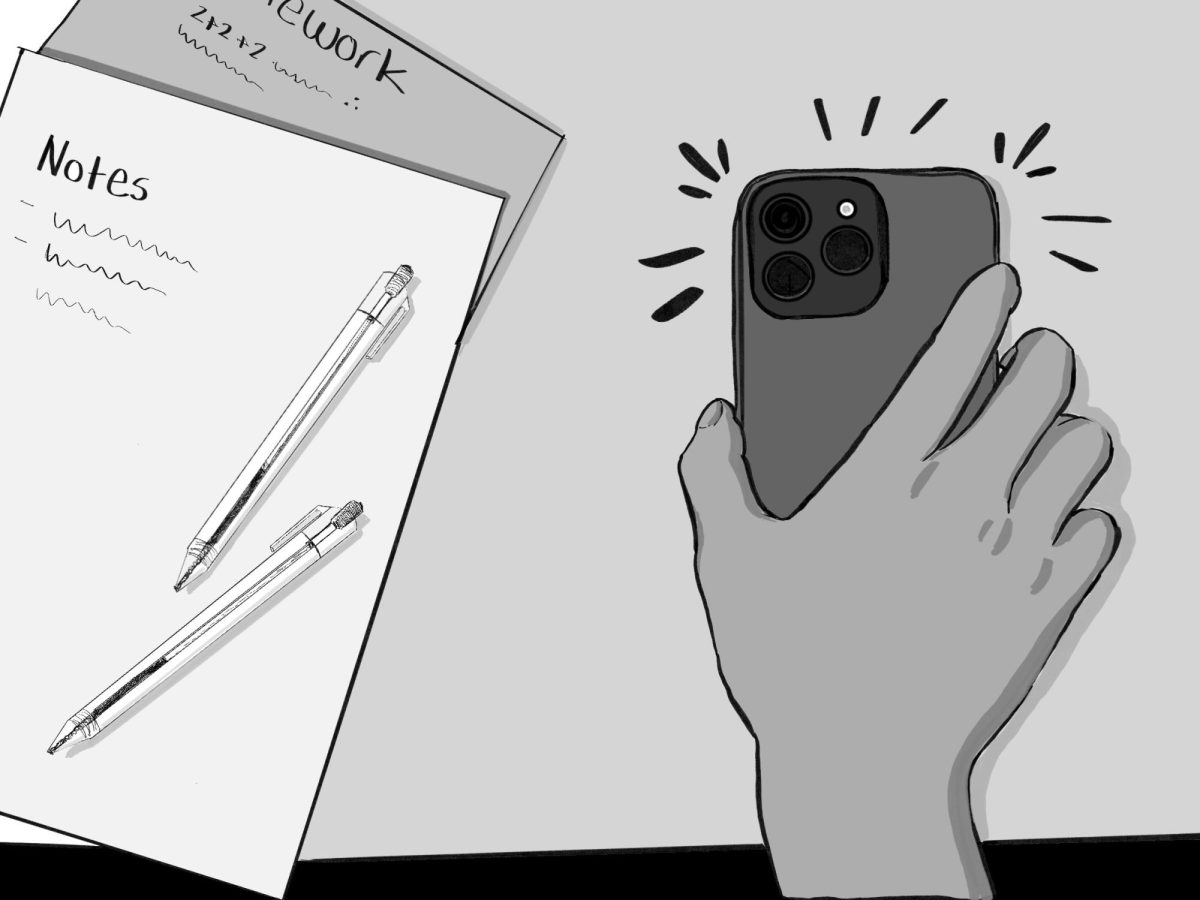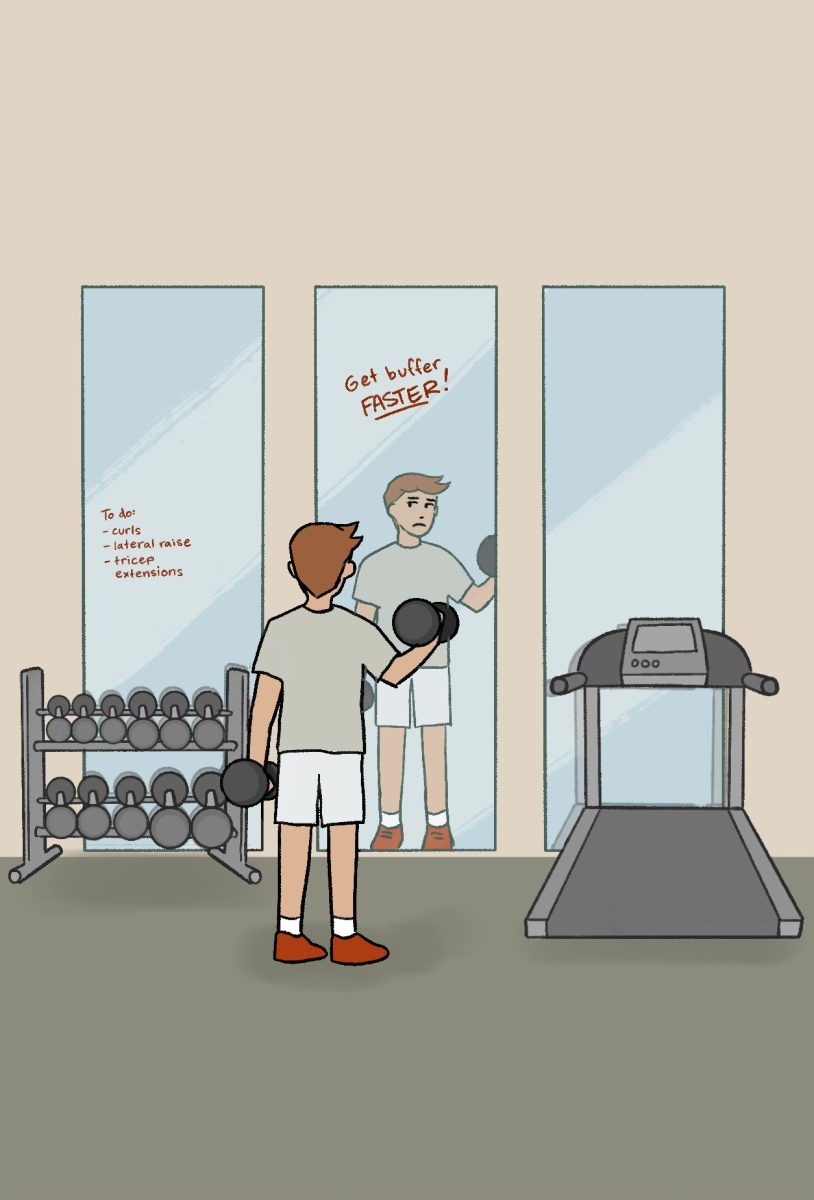By Nikila Sri-Kumar
Alan Homan is wearing pants. A conceptual diagram of Didax, the administrative program he helped launch in July 2004, hangs above his desk, but it is a drawing of Captain Underpants and a clothed man by his son Joel, then 7, that gives the Senior Software Engineer the most useful instruction every morning: âDonât forget your pants at work. This is how you should look tomorrow.â
âHe made me bring it,â Homan says, laughing.
Homan is one of the five programmers who update and manage the schoolâs home-grown administrative software, Didax, from a two-story house next to the St. Michaelâs parking lot.
The data management software was originally launched in July 1991 under the leadership of former Didax Project Director and âDr. Didaxâ Dick Humphrey, the only member of Computer Services following the merger of Harvard and Westlake. Working 80-hour weeks for two years, Humphrey, Homan and three other software developers launched the most recent incarnation of the program July 1, 2004.
Didax allows teachers to take attendance, submit grades and comments and look up student files electronically. They can also print budget accounts and class lists with studentsâ photos.
Now Homan, software engineers Joey Navarro and Andrew Putnam, Web Manager Lillian Contreras and Network Manager David Hartmann field daily requests for new modules and features from administrators and faculty.
âEach one of us has one to three projects that weâre working on independently at a time, but we consult each other from time to time, if need be,â Homan says, turning to Putnam.
âWhat are you working on?â
âUm, making coffee.â
Navarro smiles down at the six travel coffee mugs accumulated on his desk as the smell of ground beans fills the room. He is working on internalizing the alumni website, which had been outsourced previously to WhippleHill Communications, and updating the Admissions Office website.
âParents who are applying for their children will be able to get a login and account once theyâve turned in the application,â he says.
âThat way we can say âHey, weâve got three of the references, but weâre missing oneâ or something like that,â Homan adds from his desk. âItâs a way for parents to get more immediate feedback on the application process.â
Though hundreds of students drive, park, walk and talk in the junior lot just outside the green and white house every weekday morning, the software engineers have very little contact with them.
âLillian [Contreras] is the one who interfaces with faculty and staff,â Homan says, looking over at her empty desk. âFor the most part we stay in the building.â
Putnam, on the opposite side of the room, sits in front of two desktop screens and a laptop with his headphones on, drowning out the humming air conditioner and the clicking keyboards. He started working in the house on Sept. 18 to help catch up on long-standing projects.
âI came from the corporate realm,â he says and glances over at an anime poster next to his desk.
âI swear thatâs not mine.
âI worked for a while on a global portal framework for [fruit and vegetable producer] Dole, but there are definitely a much nicer bunch of people here. I donât have to wear a tie, and I get to see the results of my work close-up. I didnât see 90 percent of what I worked on for the last three and a half years.â
Down the hall and past a âSurf Nakedâ shirt on the wall of cartoon Dilbert sitting naked at a computer, Hartmannâs office is in a separate room by the entry way.
Hartmann says that he uses the practices he learned during the âTen Magical Yearsâ with Disney that a plaque on his wall commemorates. âMulanâ posters lean against the neatly written plans for product procedure and development that cover three white boards.
He calls himself the ârefinery company.â He is behind the scenes, fine-tuning the servers and school software.
âIâm not the one actually pumping the gas,â he explains.
Back in the main room, Homan fiddles with his most recent project on the multiple monitors in front of him. At the beginning of this year he launched a resource management system for room reservations.
âIt is now used by everyone to see what rooms are available,â he says, dragging a window from one monitor to another. âIâll do code here and view the app[lication] over here. I use every single bit of these screens. Itâs a lot more than your typical user who has a couple of web browsers and Word and Excel up. Iâve got about 80 windows open right now.â
Last month he added athletic facilities to the reservation system.
âNow all information, including scores, from every sport will now come through Didax and be updated to the website.
âMost features from Didax will be visible on HW Online through the various hw.com portals. The front end is a web page, but the back end is all Didax.â
Information about extended time and make-up tests also went live on Didax this year. Now tests can be scheduled and sent to Coordinator of Student Programs Nairy Simonyan.
âMy biggest goal is to save people time,â Homan says. âIf faculty can save 20 or 30 minutes in their day, thatâs 20 or 30 minutes they can work on their lesson plan, have more time to grade papers or help a student.â

































